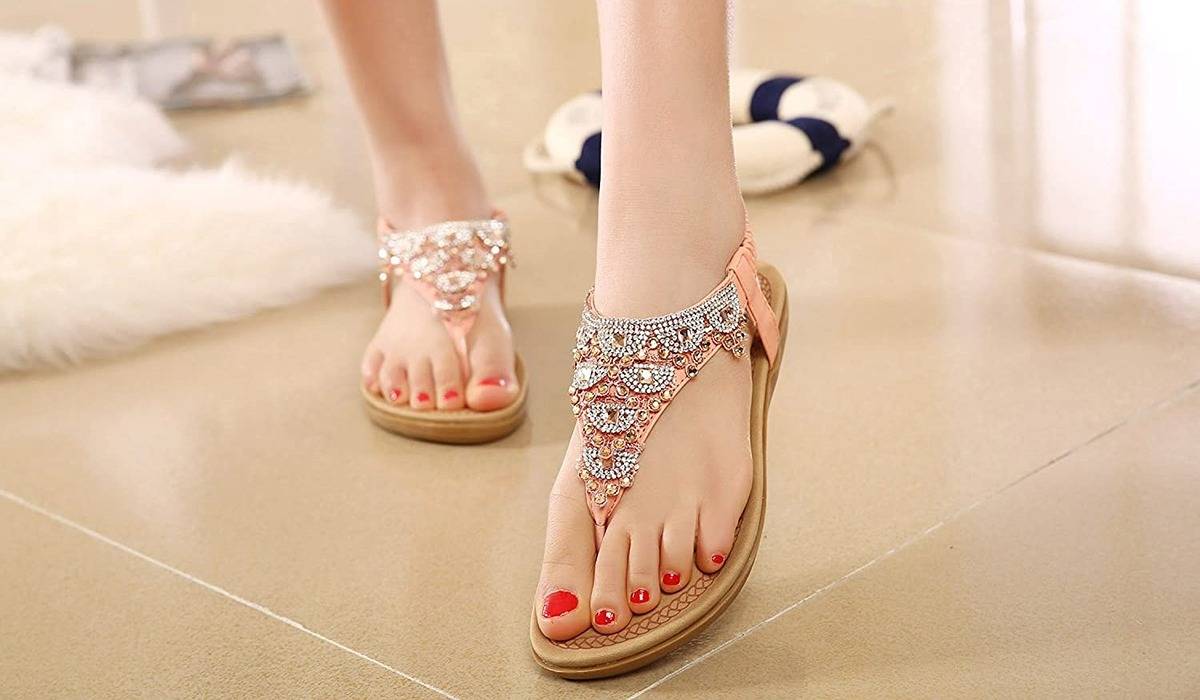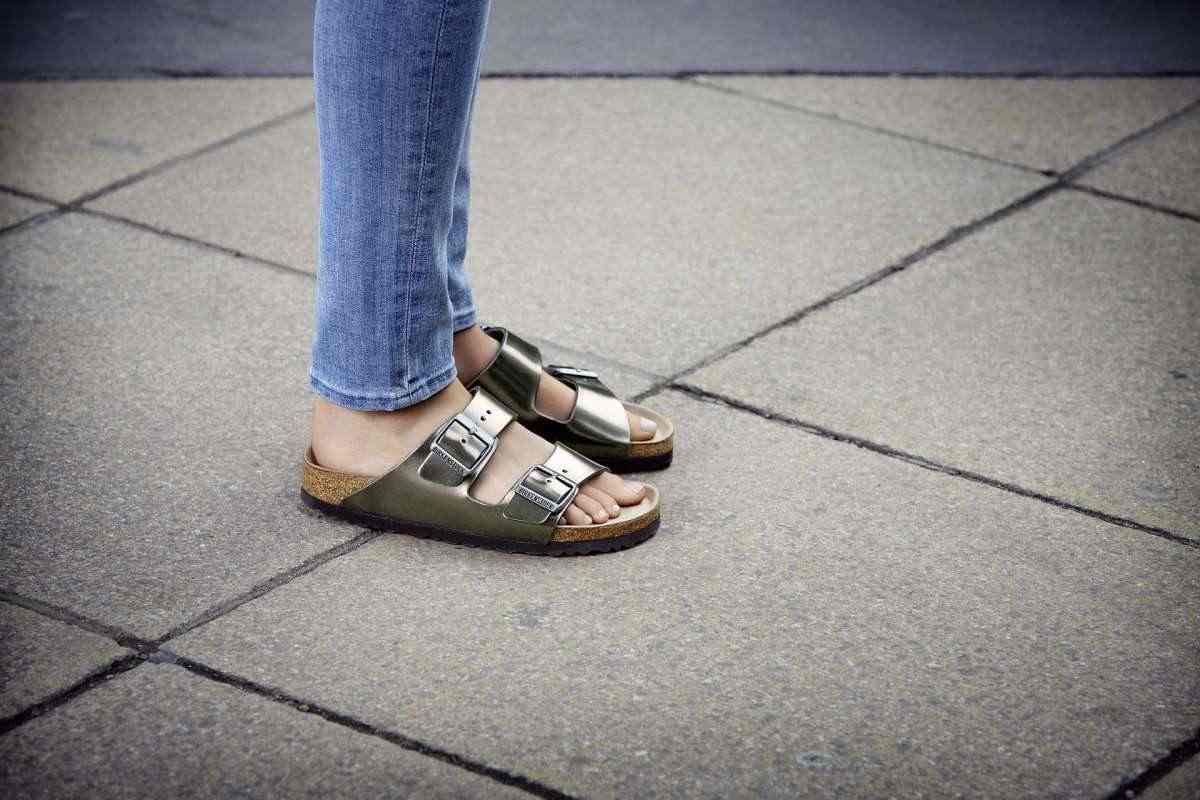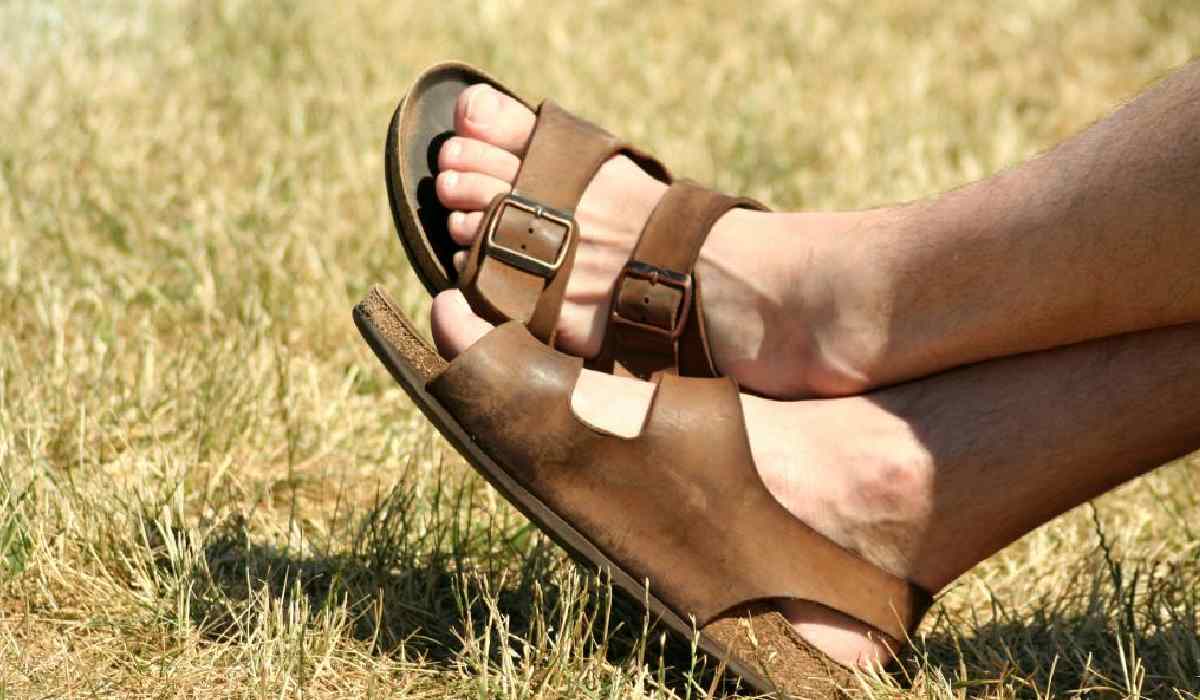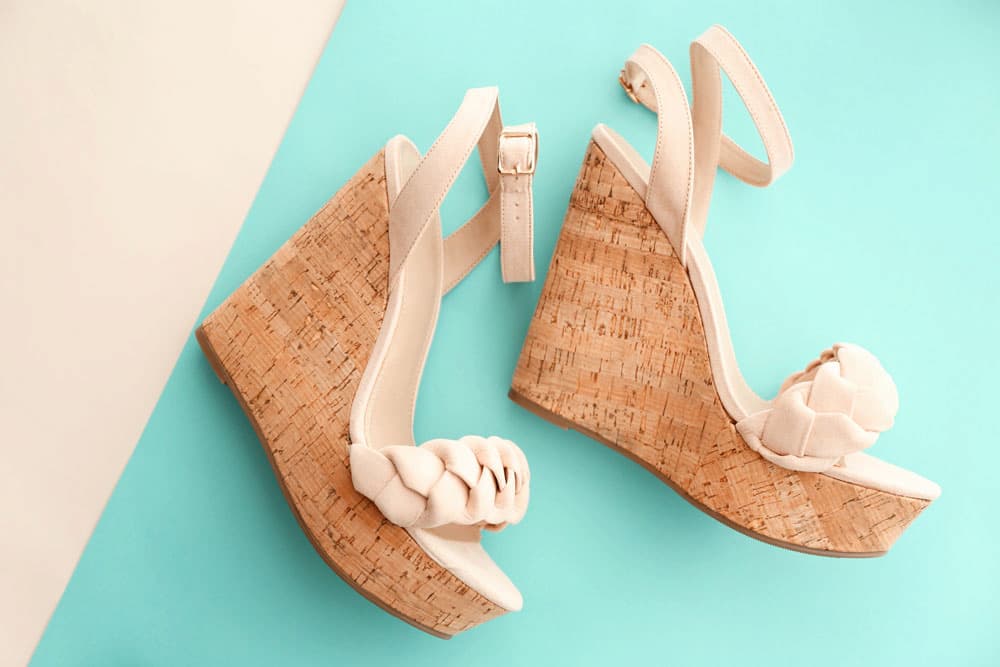The 1980s and 1990s were a chaotic yet beautiful jumble of famous fashion trends that, at first glance, do not appear to work in today’s fashion landscape.
However, you would be shocked by the enormous comebacks of these fashion statements, especially the jelly shoes and sandals which are made by brands like Skechers.
They are bright, campy, and made of PVC – jelly shoes (also known as jellies) were popular footwear in the 1980s and 1990s, particularly among women and children.
These jelly pop shoes are composed of plastic with a semi-transparent substance that gives them a jelly-like gloss (thus the term “jelly shoes”).
When celebrities and other famous figures in fashion wore their jelly shoes, jellies made a comeback. Blake Lively was seen walking through New York City wearing a $7,050 Louis Vuitton.
handbag, a patterned Mango maxi dress, and a striped Aritzia coat, all topped off with jelly sandals from Amazon. Gucci entered the jelly trend with its now-best-selling rubber slide sandals, which cost $350 for a pair!

With jelly shoes making a comeback, the question is, “Should you add jellies to your wardrobe now?”
What exactly are Jelly Shoes? The Jellies’ Evolution: Jelly shoes, as previously stated, are footwear composed of PVC plastic. These shoes and sandals typically contain numerous straps to secure the shoe to your feet and a heel strap that you can fasten or unbuckle.
Jelly pop shoes, like other types of footwear, have been made in a number of forms, including models with exceptionally flat soles or block heels.
With the history of jelly shoes, determining the actual origin might be difficult because they originated in several areas. One long-held theory regarding the jellies is that they were first produced in France after World War II.
Due to the scarcity of leather, shoe manufacturers sought out another readily available material. Others, on the other hand, argue that jelly shoes are a result of fashion designers’ use of plastic in the 1950s and 1960s.
Jelly shoes were popular in the 1980s, regardless of their genuine provenance. Grendene, a Brazilian business, made the first jelly slides and shoes.
The shoes were distributed and marketed in the United States by the Grendha Shoe Corporation. The sneaker cost between $10 and $20 at the time. Despite the low price, the shoemakers restyled their jelly shoes every six months or so to keep competitive.

The fashion scene, notably women and children, adored these shoes. Jelly shoes can be colored or transparent, solid or braided, bejeweled or glittery, and opaque or translucent.
Jelly shoe fans adore the shoes because they are inexpensive (they can be purchased for less than $1), easy to clean, and comfy to wear (although this can be debatable).
Jelly shoes have been on a roller coaster ride since their initial popularity in the early 1980s. Despite being strongly connected with the 1980s, they continue to appeal to buyers today.
The Jelly Shoe Anatomy: The making of jelly shoes is a simple process. Jelly shoes are technically known as ‘injection-molded soft plastic footwear’ because they are made through the injection molding technique.
Shoemakers to modify the color, texture, rigidity, and other physical qualities of the shoes use PVC resin and other additives. To assure the highest quality of jelly slides, shoes, and sandals, a variety of additives are used in the manufacturing process.
As previously said, jelly shoes come in a variety of styles and sizes. Because injection-molded plastic is soft, shoemakers may simply create any shoe style.

You do not have to go back to your childhood to rediscover your affection for jelly shoes. Pumps, boots, sandals, flats, and even ballet slippers are examples of PVC footwear.
Some have bows and styled straps, while others are pricier, with rhinestones and other dazzling embellishments.
You can also buy jelly shoes lined with warmer internal materials for the winter season, so your feet do not freeze.
What Is the Purpose of Jelly Shoes? They, like Converse Shoes, will always be a part of our fashion landscape. Jelly sneakers have had one of the best runs in the fashion industry for a footwear kind that was formerly considered a must-have.
In addition, its reappearance is still making an impression. This shows that jelly shoes have some amazing properties that have made many people enjoy them in the past and in the present.
So, what are these characteristics? The fact that jelly sneakers are lightweight is what sets them apart from the competition. They are ideal for slow and lazy days or when you want your feet to breathe as you relax. One of the reasons parents had their children wear these shoes was so they could run around and play without injuring their feet.
Because of their simple design, jelly shoes are extremely easy to wear. They are simple to put on and take off. Therefore, instead of tying and untying your shoelaces today, put on your favorite jellies.
They are simple to clean: If you dislike washing your shoes, jelly shoes are ideal for you. For most mothers, these shoes are lifesavers for their children who like playing outside.
They can wear their shoes and still be clean when they get home. The PVC plastic substance does not trap mud and dust as well as other types of shoes.

They are available in a wide range of exciting designs: Your jelly sneakers will never boring you. Everyone has a favorite jelly shoe model, from sliders and closed-toe designs.
to flat and high-heeled sandals. Despite the range of styles, jelly shoes retained their distinguishing simplistic designs. Any pair of jelly shoes will make your outfit stand out.
Jelly shoes, like every other fashion item, have detractors. These detractors argue that wearing jellies on a regular basis has a number of disadvantages, including the following.
They are capable of causing blisters: One of the most compelling justifications against jelly pop shoes is the possibility of blisters on your foot. The PVC material, especially the straps, can be painful on your feet. The frequent rubbing while walking in these shoes, particularly on a hot summer day, can result in blisters.
They are easily overheated: Because jelly shoes are constructed of plastic, they quickly overheat when worn outside. Because PVC is not a breathable material, this causes your feet to sweat excessively.
They have the potential to cause you to lose your equilibrium: Plastic shoes will get slippery quickly for persons who sweat a much. This raises your chances of losing your balance, falling, or slipping.
Bottom Line: The Nelly with the JellyJelly shoes will always be an iconic part of our fashion history, and they will always make a reappearance. The nicest part about them being ageless is that you can still wear the shoes you loved as a child now.



